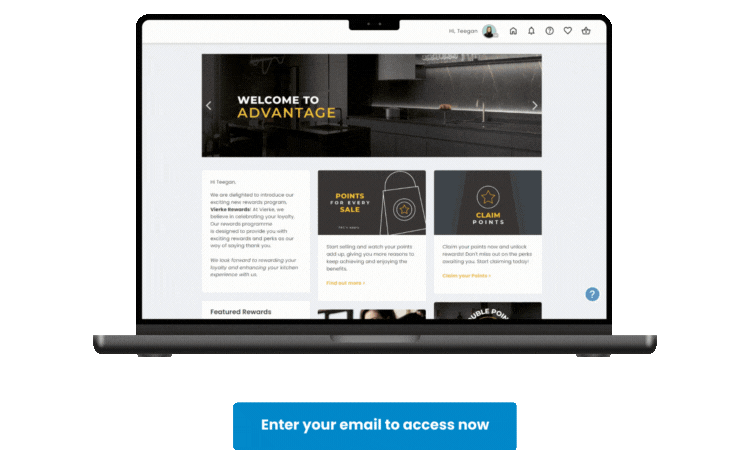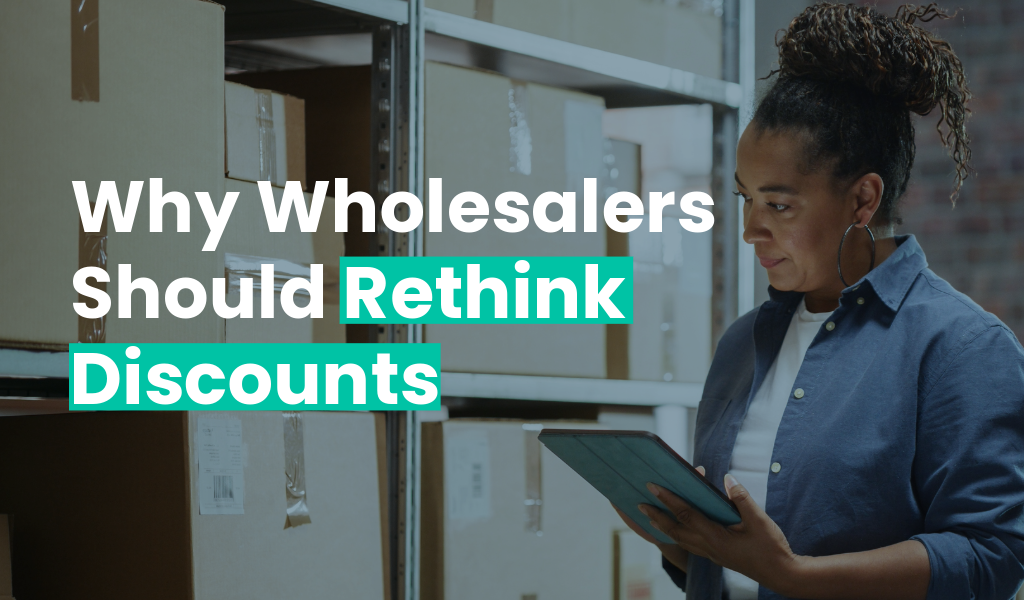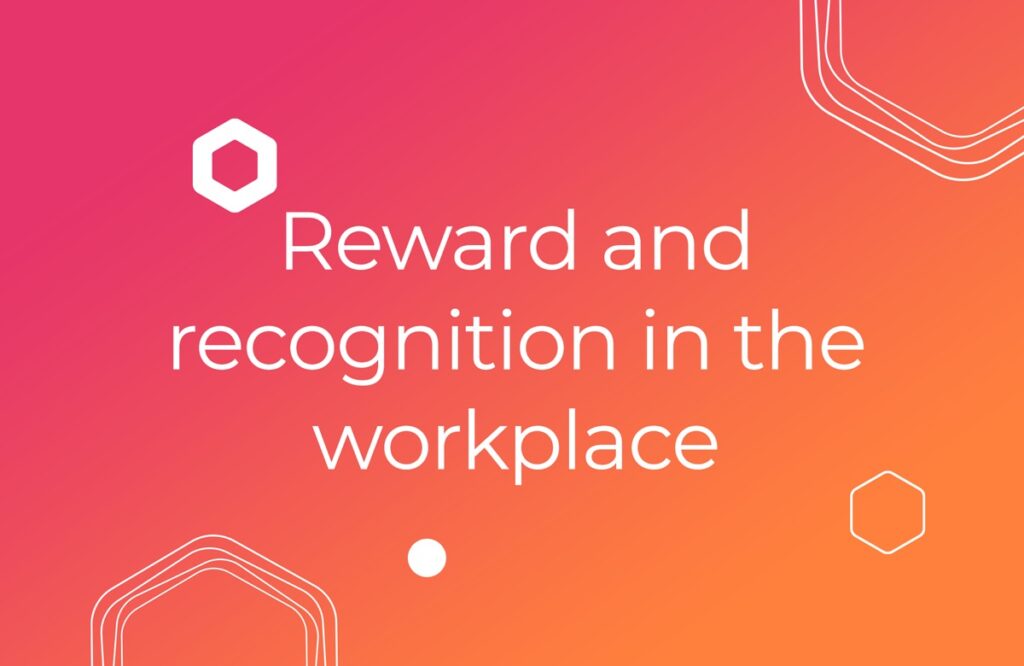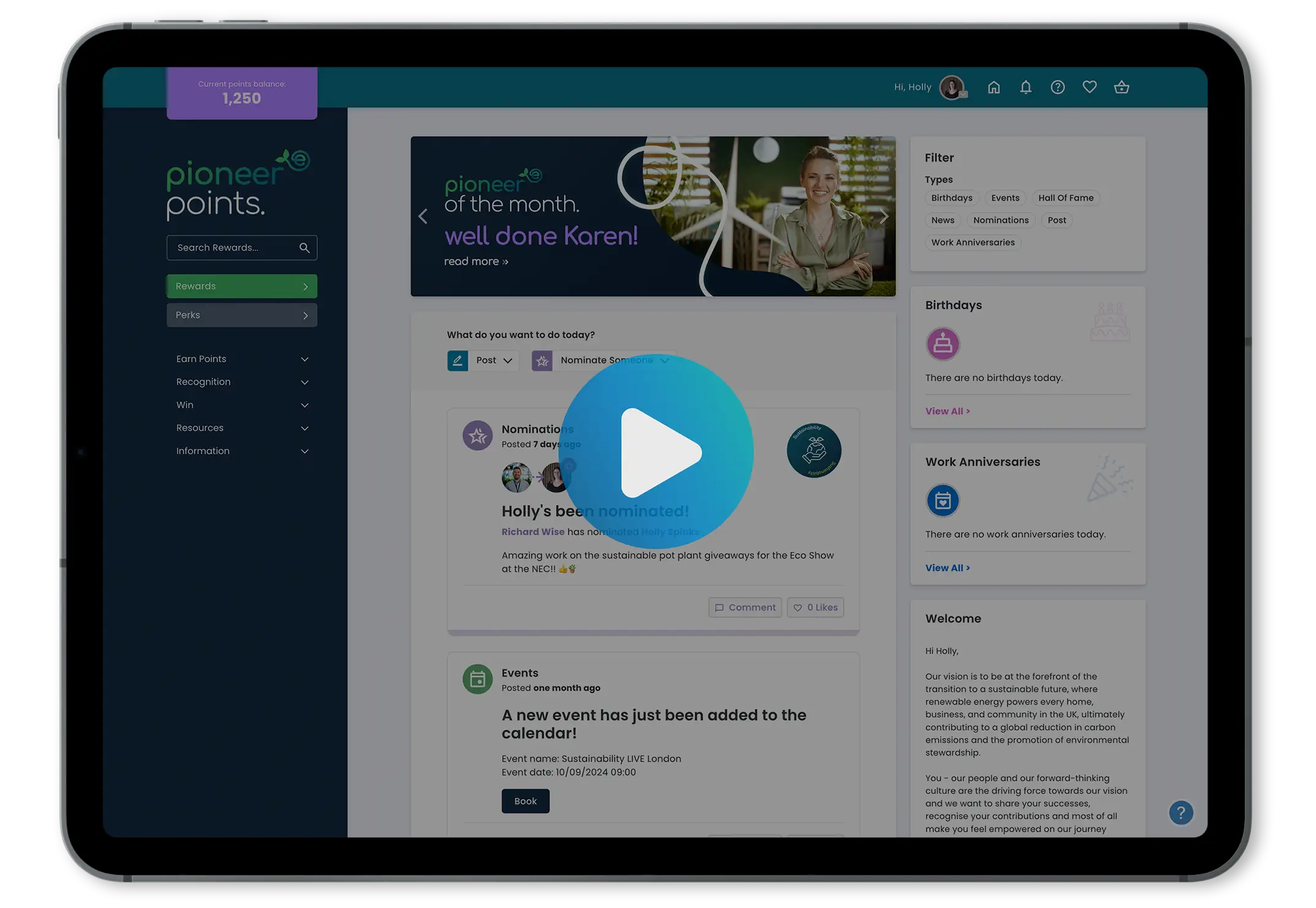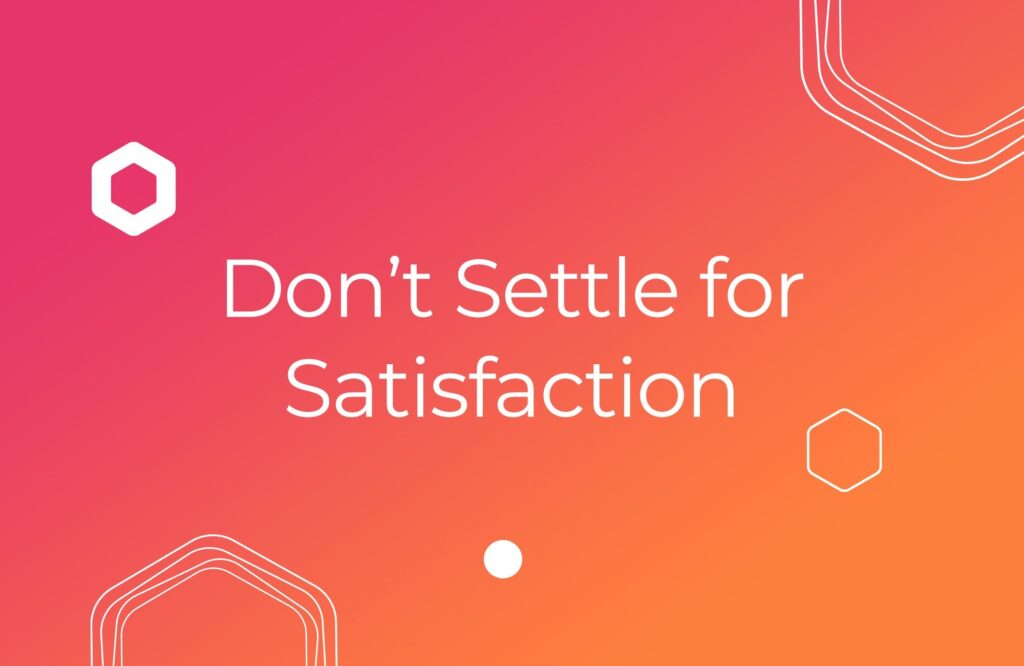


It’s one of the oldest clichés in the market’s handbook: 100% satisfaction guaranteed! But what does it actually feel like to be a satisfied customer? How do you measure satisfaction? How often – and this is the clincher – does a sense of satisfaction actually translate to return purchases, referrals and in the world of business long-term B2B loyalty?
We can be satisfied by all sorts of things. If you walk up to a cash machine, insert your card, ask for £20 and get £20 back, then you could call that ‘satisfaction’. Sure, you got what you wanted when you wanted – no more, no less.
In many scenarios, this is totally ‘normal’ and therefore part of the routine of mundane jobs such as walking into the newsagents for a paper, and you get the paper you wanted. True, some things are more satisfying than others – like peeling that plastic film off a new phone, or hearing the song stuck in your head come on the radio – but, even then, how memorable are those moments? Are they just for that moment in time….
Can’t Get No (Long Term Value From) Satisfaction
The truth is that, while satisfying your customers’ wants and needs is, of course, vital to seeing any level of return business, aiming yourself squarely towards customer satisfaction doesn’t necessarily mean you’ll achieve the significant, long-term loyalty you’re looking for. Plenty of people assume that the customer loyalty pipeline is simply satisfaction à loyalty, but it’s a lot more complicated than that.
Once upon a time, the phrase, ‘customer satisfaction guaranteed’ seemed like a great marketing point. These days, however, it’s got that small-town, mattress-store vibe to it. It’s one of the outdated clichés of the marketing world, and it just doesn’t cover the full scope of the customer experience.
Satisfaction means meeting expectations. It means providing the service the customer expects, having the item they want in stock when they want it, living up to their preconceived notions of what it is you do, you provide, and you profess to be. In other words, it’s pretty much the bare minimum. Satisfying customers is not the accolade it used to be seen as.

How Do You Start Aiming for More Than Satisfaction?
You’ve got to think beyond any isolated customer experience. There are only so many opportunities to meet or exceed expectations during any isolated sales experience. The guy who walks into the newsagents to get his morning newspaper is only there for, say, three minutes, and browsing the wracks, queuing, and making a quick contactless payment at the end, there’s a very limited opportunity to blow his mind and ‘go above and beyond’. He may be ‘satisfied’, but if in the morning his first stop is a supermarket, what’s to say he won’t just pick up his paper from there?
Customer satisfaction can be the difference between your business failing or thriving. If you want your business to succeed, especially in these uncertain times, you have to maintain high satisfaction levels throughout the customer journey.
If the shopkeeper engaged in conversation and was open to learn about the customer, he may find other things the customer is interested in to show him where they are located in the shop, or indeed advise him of similar products to try that may offer a better experience overall. Add value to every moment in the process, show the customer he’s more than a quick sale; value him visiting the store….then you start to create a differential and get somewhat deeper embedded into the memory store of great experiences.
Customer satisfaction measures how happy a customer was with a support interaction or a purchase. When you create and maintain a customer experience that resonates with buyers, customers return again and again. Customer loyalty, on the other hand, is an ongoing state. Loyal customers give a company their repeat business over time. It’s not a short-term measure, but rather a long-term understanding of the health of your customer relationship.

Ensuring high customer satisfaction in the short term is a key component of gaining that long-term customer loyalty
Satisfaction and loyalty are not synonyms – they’re not even remotely similar when you think about it. So, put it this way: would you rather have satisfied customers, or loyal customers?
Why is Loyalty So Much Better?
A satisfied customer is a loyal customer, who will stick with your company year after year. So, how do you find those repeat customers? By hitting your customer support efforts out of the park. 57 percent of consumers say excellent customer service is a factor in their brand loyalty.
Loyalty says a lot of positive things about how your customers are feeling. In a sense, loyalty implies customer satisfaction, but it also implies a lot more on top of that.
Customers aren’t loyal for the heck of it. It takes time and effort to build the sort of meaningful, emotional connection that stops customers from ‘jumping ship’ every time one of your competitors posts a better deal or a tempting offer. A consistent, decisive investment of time, energy, effort, and money into building relationships is king – one that exceeds expectations.
These customers – your evangelistically loyal customers, who will rave about you to friends, co-workers, and family – are not just satisfied. They’re entirely happy, and they feel as though their needs are not only met, but their wants are, too.
This is where loyalty and retention converge, and prove that satisfaction is more like a low rung on a much taller ladder.



![How to keep customers coming back for more{{ include_custom_fonts({"Poppins":["Semi Bold"]}) }}](https://no-cache.hubspot.com/cta/default/5921162/interactive-188375258646.png)
